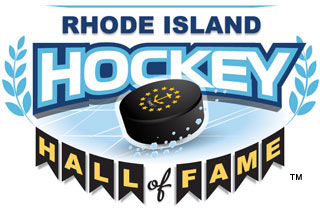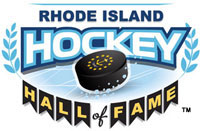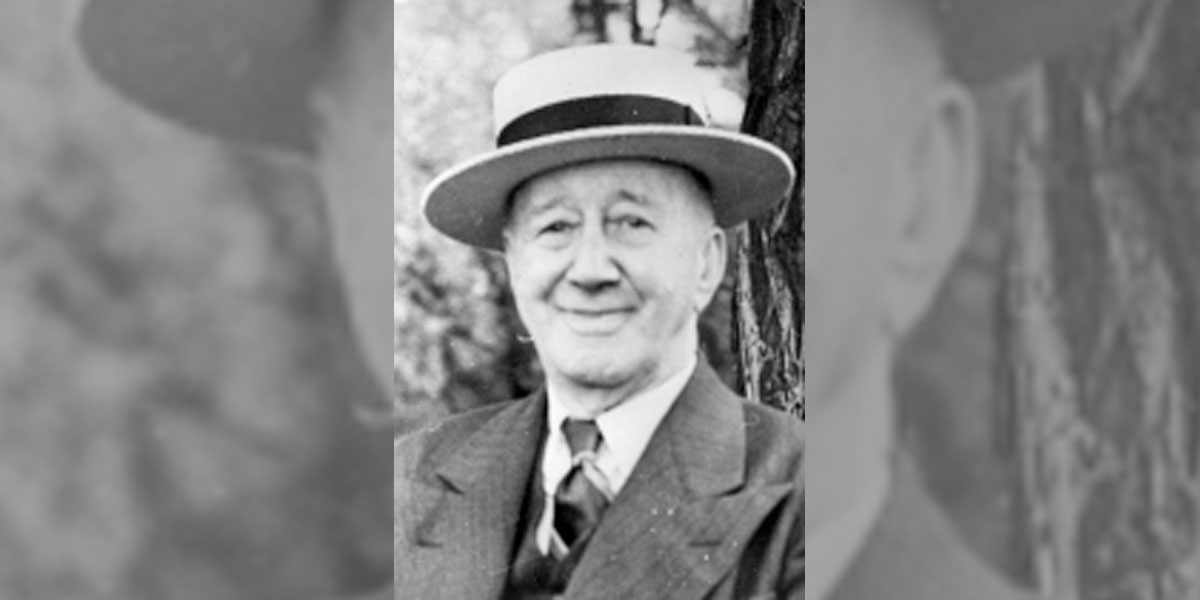Frederick Charles Albert Waghorne, Sr. was born on October 16, 1865 and passed away in 1956. “Old Wag”, as he was known, is an honored member of the International Hockey Hall of Fame in Toronto. He is best known for his prolific career as a referee – officiating over 2,400 hockey games and 1,500 lacrosse matches. Many of the decisions he made on the ice rink became long-term rules in both amateur and professional ice hockey and he is credited with several changes and innovations to ice hockey rules.
- The use of a whistle instead of the customary cowbell to stop play
- The acceptance of professional referees in amateur hockey games.
- The practice of dropping the puck from a few feet up at faceoff rather than placing it directly on the ice
- the ruling that if a half of a broken hockey puck entered the net, no goal was counted – a rule that led to the development of one-piece pucks.
In the earliest days of organized hockey in Canada, referees used a cowbell instead of a whistle to halt proceedings. With many of the games played outdoors or on tiny rinks with the paying public right next to the playing surface, fans who disagreed with a call could use the cover of darkness to rain down abuse and objects on the referee, who often worked the games alone.
A back entrance to the rink was used by officials to avoid the milling about of upset fans following a game, and the heavy cowbell, swung back and forth in front, secured a path for the beleaguered referees. When the game was over, a long ride on the rail system, back home or to another game in a far-flung locale, awaited the poorly paid mediator.
One of the changes in the game attributed to Waghorne was discontinuing thee use of the cowbell. Many young men would bring bells of their own to the game to disrupt the other team or just to raise a ruckus. Waghorne was the first to use a whistle, a shrill device that wasn’t as prevalent in rural Ontario as the bell in those times. The metal version he first tried had to be scrapped because of the cold conditions in some arenas – it would stick to the referee’s lips – and a plastic whistle became the norm.
Waghorne made another important contribution to hockey in the form of the face-off. Previously the referee would place the puck between the centermen and then play would begin, usually with the official’s ankles and shins being smacked and bruised in the rush for the puck. Waghorne had had enough of that and informed the players that he’d drop the puck from a few feet above the ice, a move that allowed him an opportunity to jump out of the way. The change was so successful – the players liked it as well – that Waghorne reported it to the hockey associations, which later made it a regular part of the sport.
This guy was a genius. He changed hockey forever.
Posted by RIHHOF


